If you want to buy a classic car, then this article is useful for you.
>
Before You Buy
Research Is Key
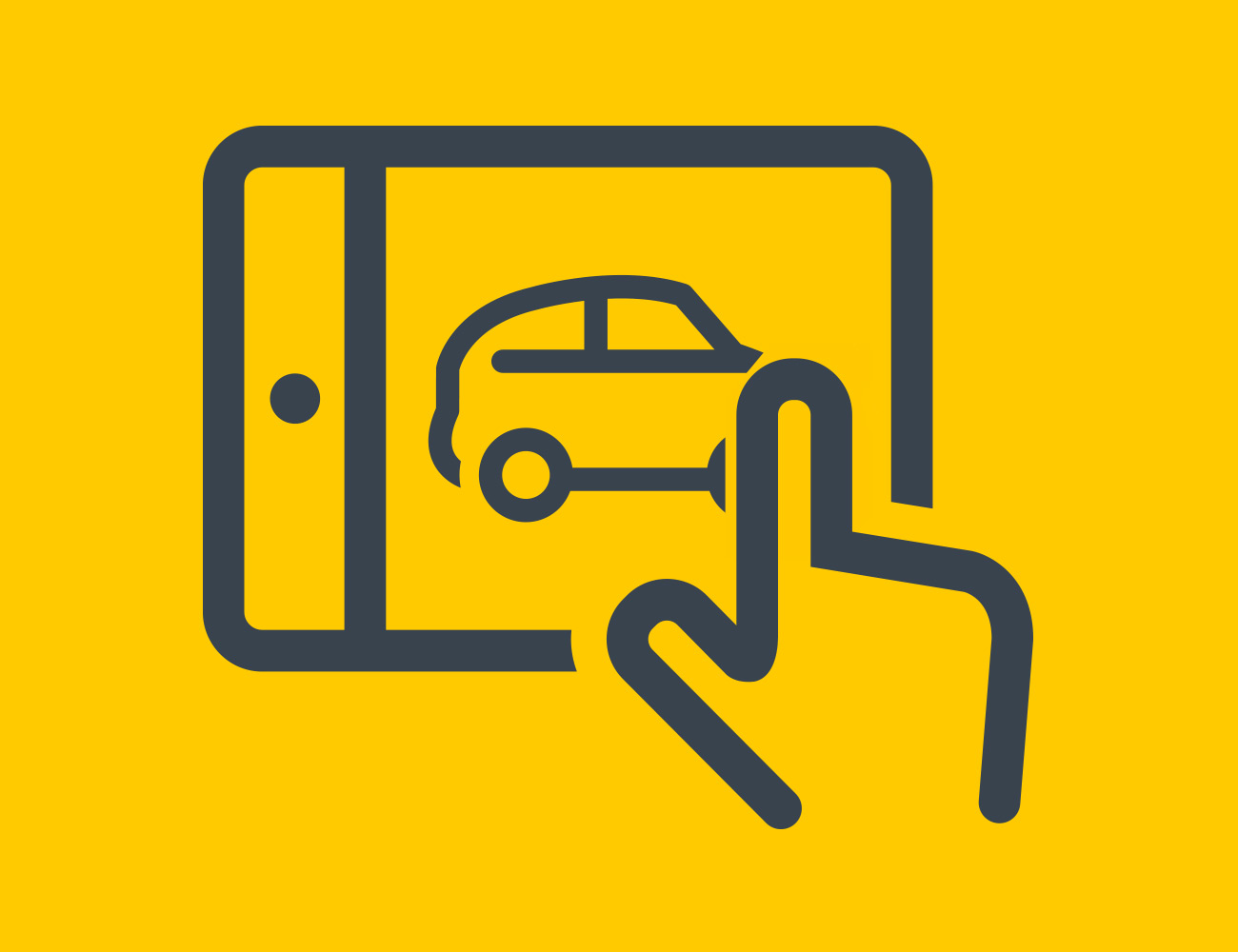
Know exactly what you want. It may seem obvious, but make sure you know exactly what you want before you start looking at cars in person. This allows you to do extensive research to find out the car’s problem areas and its current value. Do you know if you want an investment, or a classic you’ll actually drive? The latter poses problems because it’s difficult to actually make money this way. (Also, it’s not as fun.) Regardless, having an end goal will have a big impact on how you buy your car.
Read up. Consult as many websites, magazines, online forums and YouTube videos you can. Know what trim levels and versions are the rarest and therefore justify higher prices. Know common problem areas so you can have them inspected. Know what an original, unmodified example of the car should look like inside and out. If you consult sites like NADA Guides and Hagerty, you’ll get a good feel for how much you should be paying, and browsing eBay Motors and Craigslist will also help you determine what prices are like in your specific area.
Analyze the ad. The quality of an ad is generally indicative of the kind of care put into the car throughout its previous ownership. If a listing doesn’t have many photos, or poor-quality photos, they might be hiding something. Extraneous, attention-grabbing words in a listing’s headline — like “RARE,” “V8” and “NICE!” — give off untrustworthy vibes, and could be an indicator a seller is desperate to unload a car. Ideally, an owner should be posting as many photos as possible (not just of the car but also of the undercarriage, engine bay, and other mechanical bits) and should be upfront about any damage. Once you’ve looked at the ad and the car seems like it’s worth your time to check out, try and get the seller on the phone and ask them these questions:
“Why are you selling?”
“Are you the original owner, or do you know who the previous owner was?”
“Do you have maintenance and service records?”
“If you had to think of anything that needed to be fixed, what would it be?”
“Will I be able to test drive it?”
Seeing the Car
How to Inspect
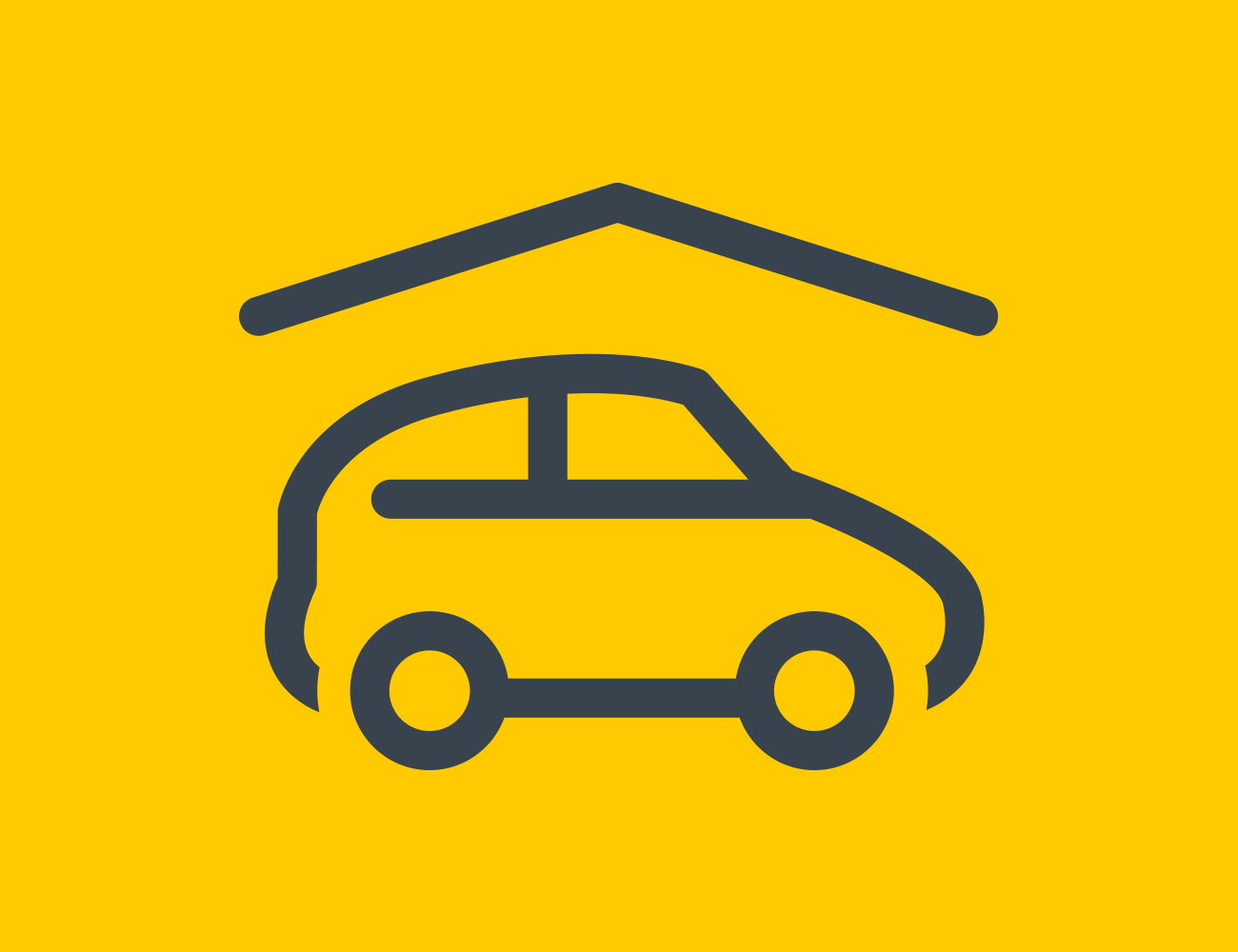
Ask for documentation. Hopefully, sellers have kept a record of any repairs and maintenance, which alone is a sure sign the car is in good shape. If a car has been restored by the seller, see if they have photographs from before, during and after the restoration. Also be sure to check the VIN number and use it to reference the serial numbers on components like the engine and rear axle. This is important if you want — or the seller is claiming to have — a “numbers-matching car,” with the original mechanical components.
Check the body. The most important thing to check is the body of the vehicle, specifically for rust (generally, rust is more difficult to repair properly than many mechanical components). Bring a magnet and go over the body of the car — if it doesn’t stick to a particular area, it may be a rusty spot patched with synthetic body fillers. Check to make sure that all the body panels match up color-wise, and that panel gaps are uniform across the entire car. If the seller is claiming the car has an original paint job, check on the inside of the doors, hood and trunk to make sure there’s no evidence of other colors. Furthermore, if there is paint overspray on moldings, trim pieces, wires or hoses, it’s likely the car has been repainted poorly. Repainted cars aren’t original, and a new coat of paint can also be an indicator of undisclosed repairs.
Check the undercarriage. Check the tires to make sure they’re all the matching size and brand, but also for uneven wear, which could indicate poor alignment. Gently bounce each corner of the car to test the suspension — if it bounces more than one or two times, the shocks could be worn out, and if you hear creaking, clunking or clicking, the suspension joints might be shot. Get underneath and check for rust on the exhaust. Look for any signs of fluid leakage under the engine, transmission and brakes (oil and brake fluid leaks are usually dark brown, while power steering and transmission fluid is usually red; coolant is green).
Check the engine. Open the engine and look for evidence of oil leaks. Check fluid levels and clarity. Check any belts for wearing or fraying. Also squeeze any rubber hoses to make sure they haven’t become cracked or hard. Turn the car on. Does it start easily while cold? Does it idle at an abnormally high or low rpm? Also check the exhaust on startup. If there is blue, gray or thick white smoke emanating from it, there is likely some sort of problem like oil or coolant being burned.
Test drive. Finally, make sure you’re able to take a substantial test drive. Check to make sure the steering doesn’t pull to the right or left. Look for smooth acceleration and be on the lookout for an engine that revs without throttle input or any strange noises coming from the engine. See how smoothly the transmission shifts. Try out the brakes for effectiveness, noise and any pulling. Generally, old cars won’t run perfectly, but a long test drive is the best way to find any serious faults.
>
>
[Source : http://gearpatrol.com/2016/08/17/how-to-buy-a-vintage-car/]


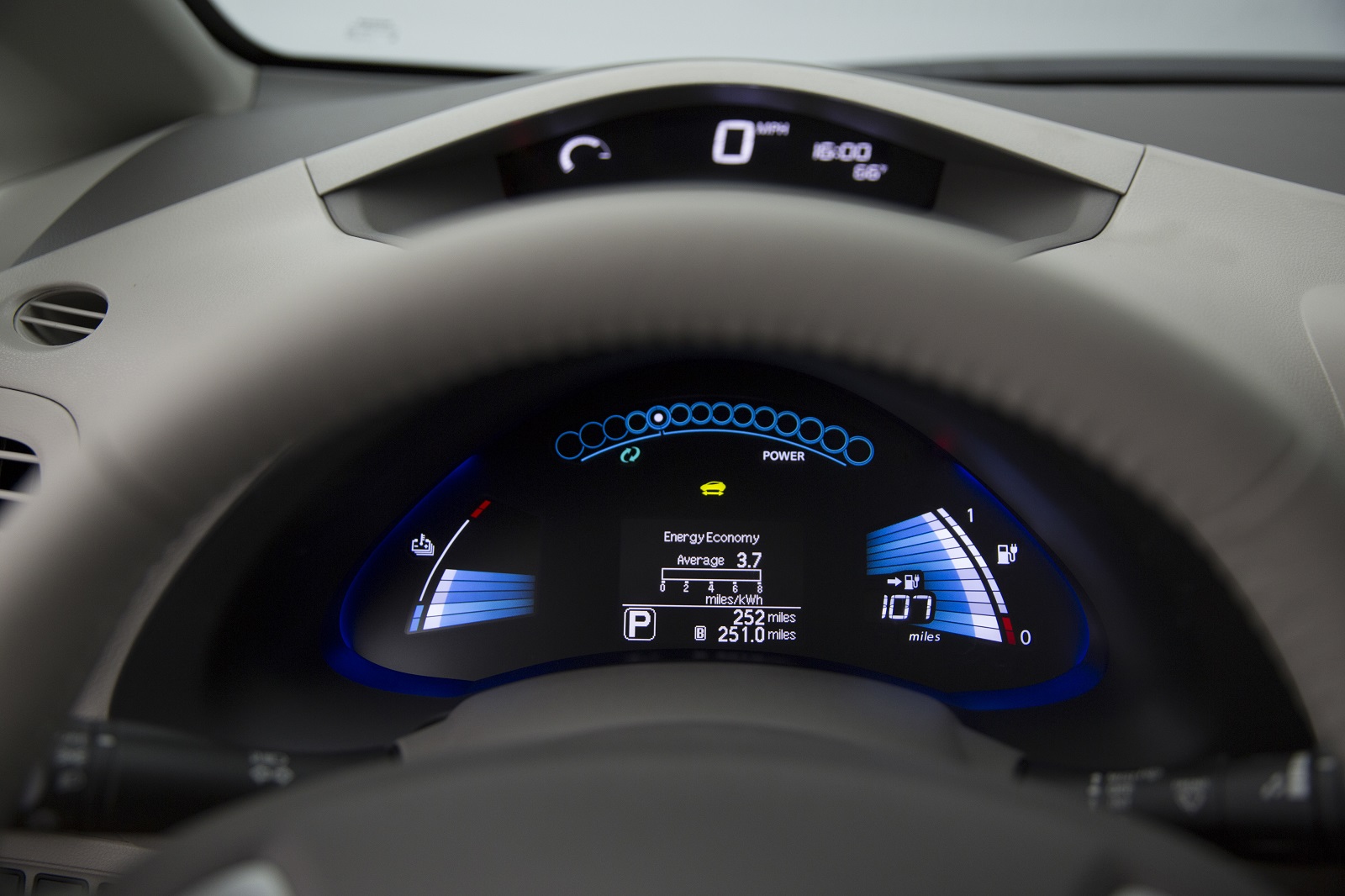
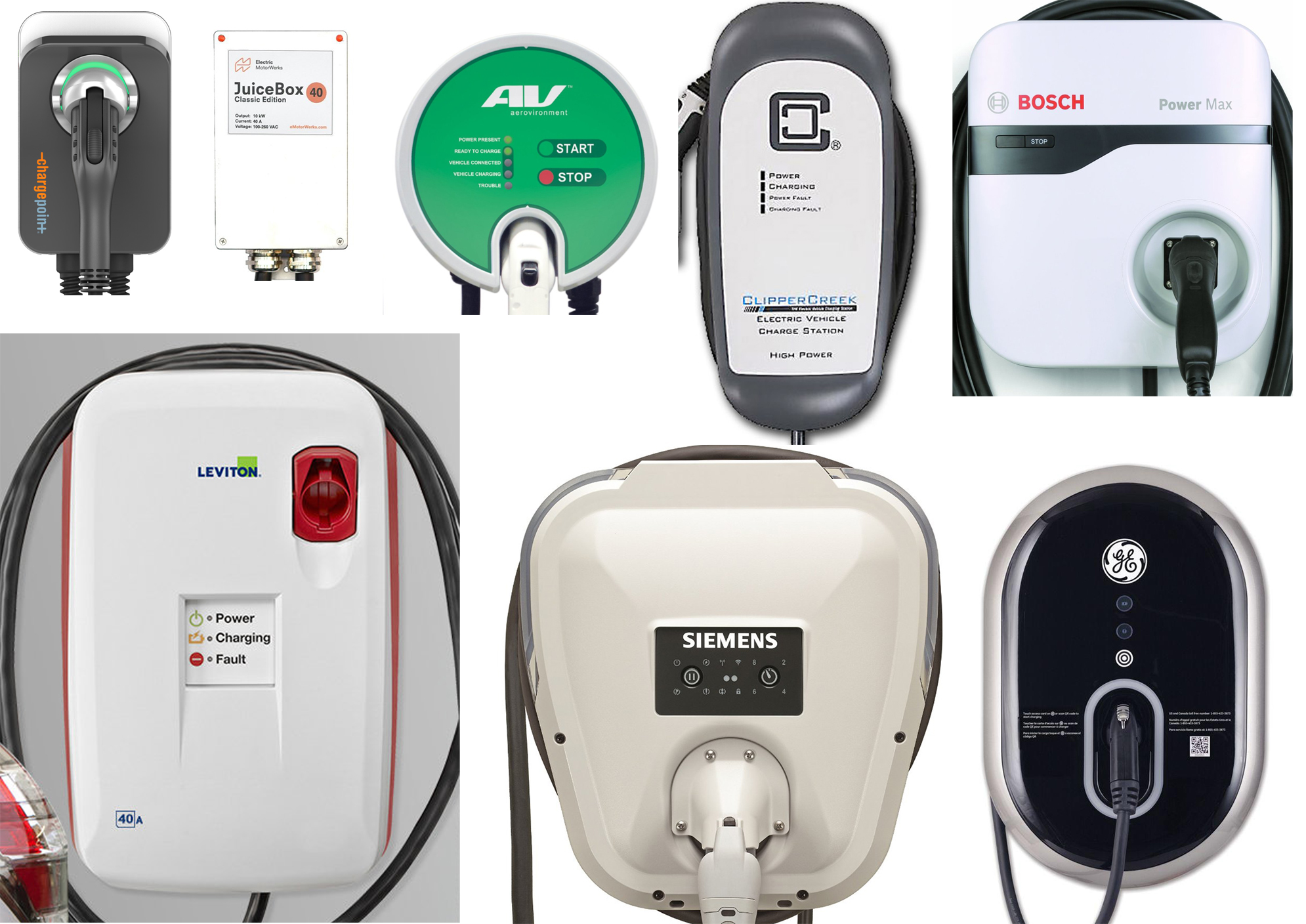
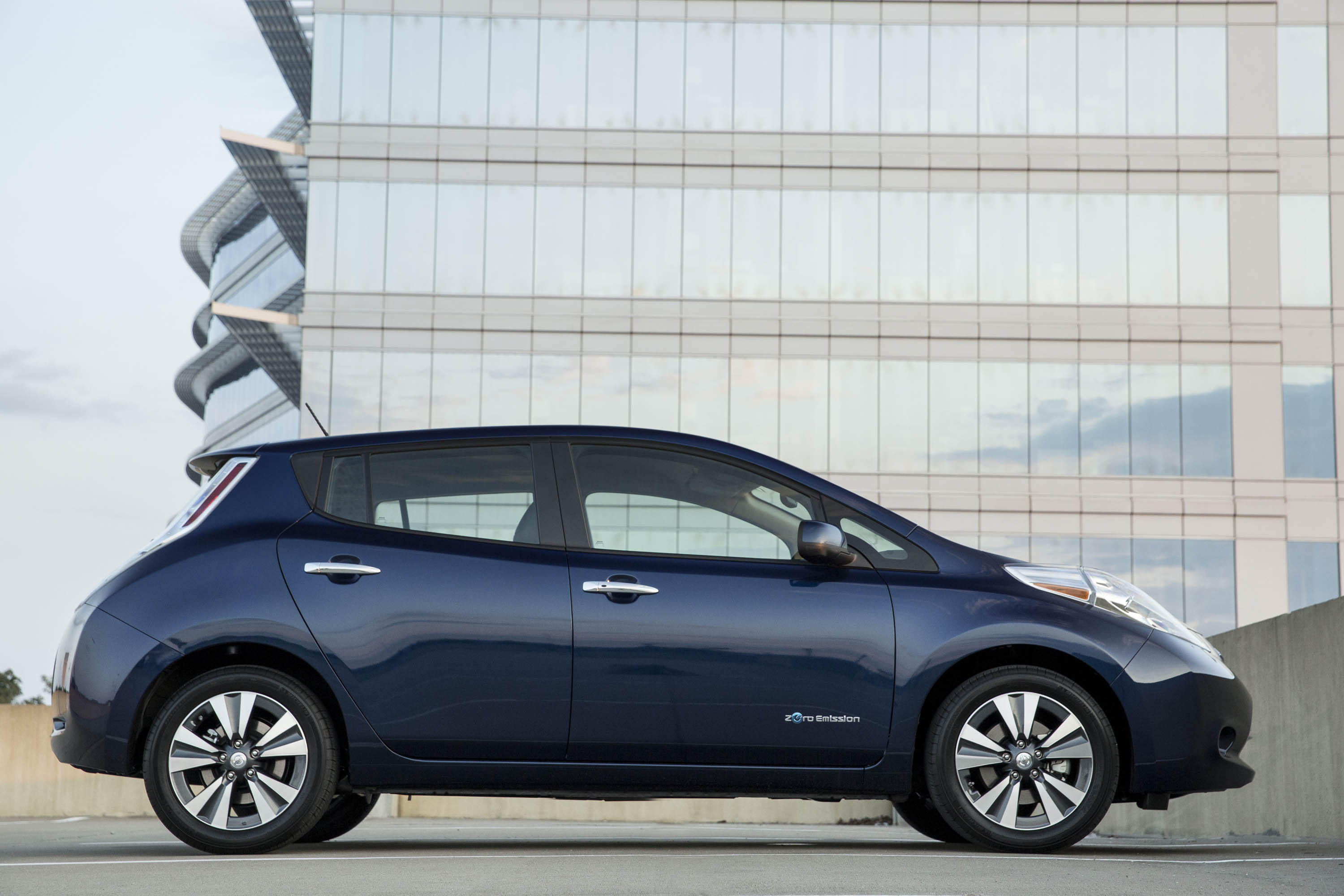
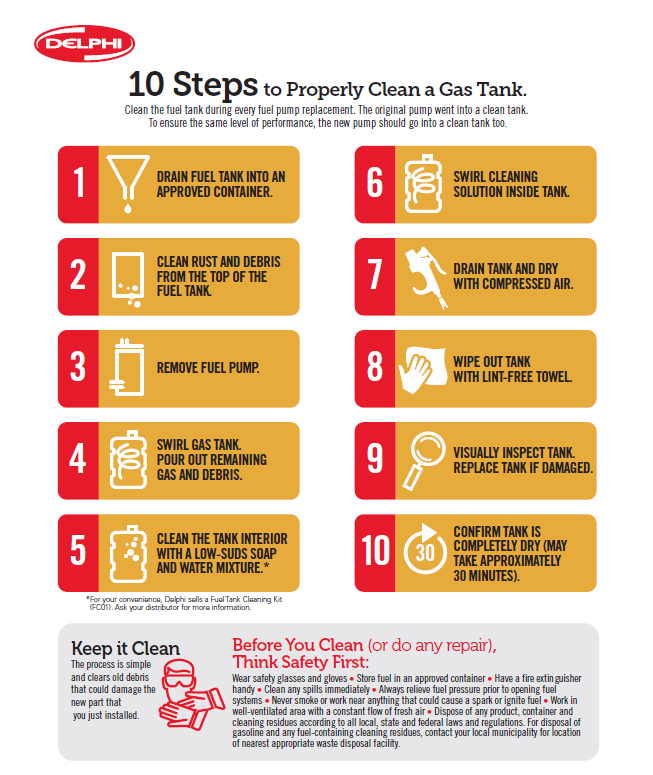

Recent Comments